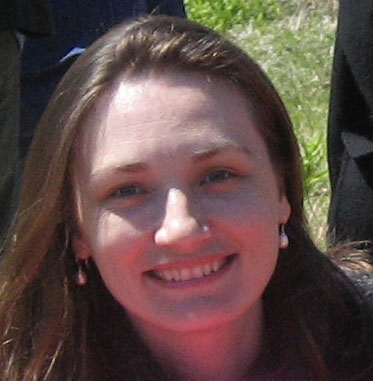Below is a summary of the abstract you submitted. Presenting author(s) is shown in bold.
If any changes need to be made, you can modify the abstract or change the authors.
You can also download a .docx version of this abstract.
If there are any problems, please email Dan at dar78@pitt.edu and he'll take care of them!
This abstract was last modified on May 24, 2016 at 10:07 a.m..

Gordonia spp. are implicated in waste-water foaming in treatment plants and as opportunistic pathogens in hospital infections. Prior to 2015, seventeen Gordonia spp. phage complete genome sequences were deposited in GenBank, and it was unclear if the diversity of Gordonia phages rivals that of the mycobacteriophages. In the past year 206 individual phages were isolated on Gordonia terrae 3612, both in SEA-PHAGES classes and in the Hatfull lab. Fifty-nine of these were sequenced, comprising the majority of the 84 sequenced phages isolated from Gordonia spp. available of May 2016. Preliminary analysis of Gordonia phages reveals several intriguing features. First, is the presence of two integrase genes in six temperate phages spanning five clusters: Howe (singleton), Bowser (DB), GEazy (DB), Twister6 (DC), Wizard (DC), and Utz (CV). The pairs of integrase genes are not identical in sequence or assortment; and both tyrosine and serine-integrases are identified. However, in at least three of the phages, one of the integrase genes appears to be truncated and inactive. Homologs of some of the integrases are found as the sole integrase in other Gordonia phages, such as the tyrosine-integrase in Schwabeltier (DB). It is possible to isolate Schwabeltier lysogens, suggesting that the single integrase is sufficient for lysogenic establishment. Only one immunity repressor and attP site have been identified bioinformatically in each of these phages, and integration vectors are under construction to test the functionality of the integrases and attP sites. Secondly, many Gordonia phages encode integration-dependent immunity systems, similar to those described previously in Cluster N, I, and G mycobacteriophages. In these phages, the attP site is located within the predicted immunity repressor, and the virally encoded forms of the repressor and integrase proteins contain C-terminal ssrA-like tags that promote degradation. Within the Gordonia phages, these systems are present in 23 different phages representing 12 different clusters and singletons; this is more than 25% of sequenced Gordonia phage and 33% of Gordonia clusters and singletons. Notably, Cluster CV includes phages that exhibit integration-dependent immunity and others with canonical integration systems. Third, the Gordonia phages have interesting tape measure proteins (Tmps). Many have long tails, and Monty and Woes have among the longest phages tails (~530 nm) reported. In contrast, phages McGongall and Jeannie have rather short tails (100 nm), and in general the lengths of the tmp genes correspond to tail lengths, with similar to the mycobacteriophages. Interestingly, the Monty and Benczkowski14 Tmps have approximately 20 predicted transmembrane helices, while Howe and Lucky10 Tmps have none. Several of the Tmps are predicted to contain peptidoglycan-hydrolyzing domains near their C-termini, which may play roles in infection of stationary phase or non-growing cells.

